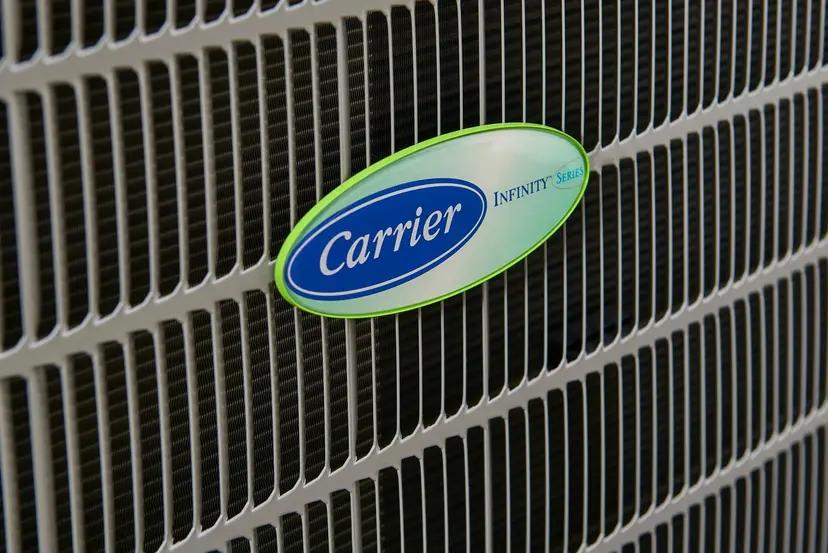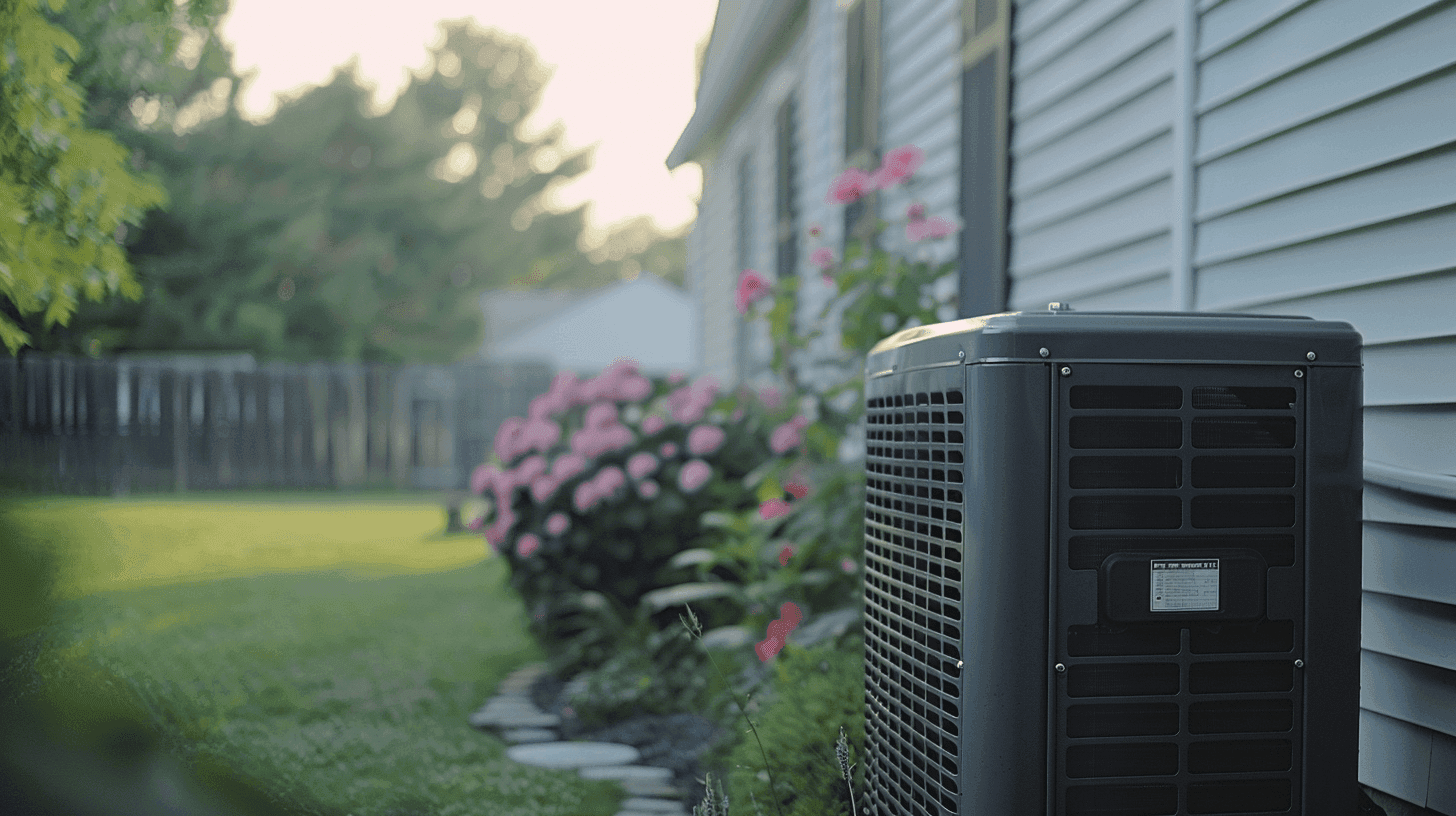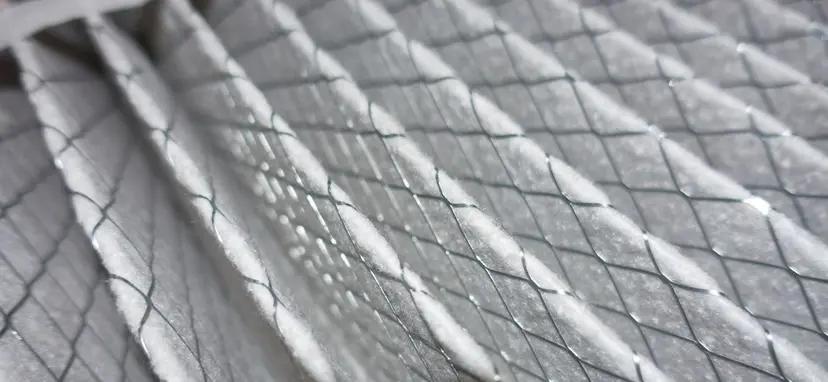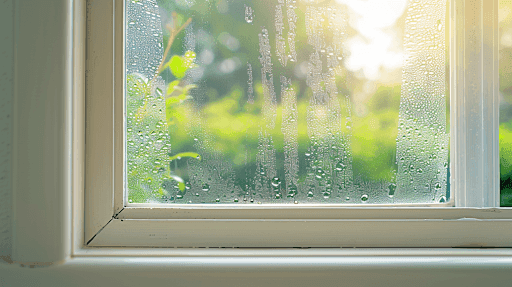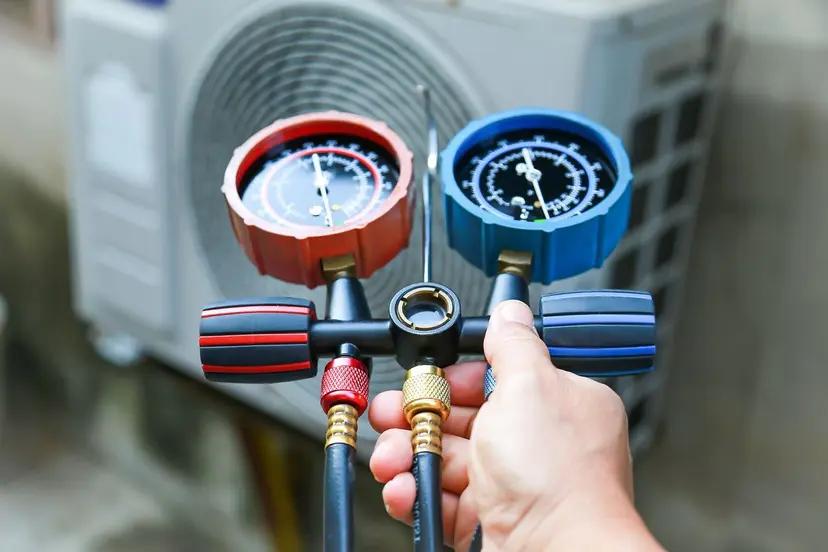
What does the damper do on a furnace?
Sharing your quote takes less than a minute
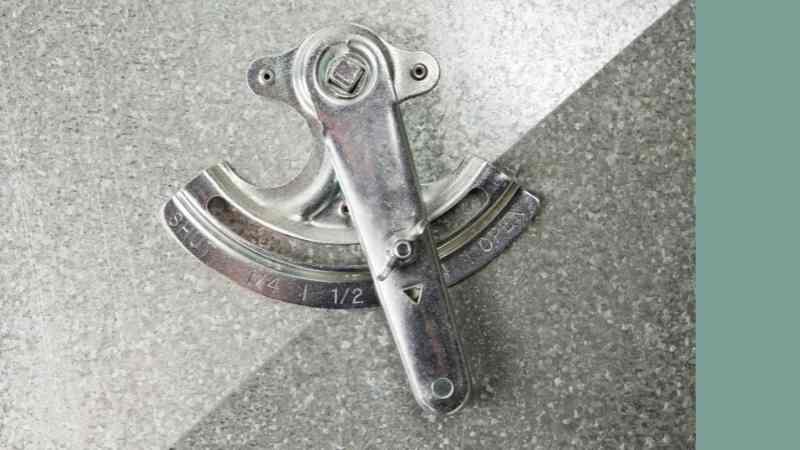
You’ve got furnace damper questions; we’ve got answers! Learn about your HVAC damper – what it is, how it works, and when to open and close it.
What is an HVAC damper?
An HVAC damper is a plate within your ductwork that regulates airflow and directs it to different areas of your home. It may also be called a duct damper or a furnace damper.
There is a lever that controls the metal plate in your HVAC damper. Turning the lever rotates the plate, which alters the airflow through that duct.
When your damper is open, heated air from your furnace or cool air from your AC can flow through it. When it’s closed, your heated/cooled air cannot enter that portion of your ductwork.
Dampers are an essential part of a zoned HVAC system. Even if you don’t have a smart-zoned system, your central air and heating ducts likely have dampers.
Where is the HVAC damper?
In a traditional HVAC system, dampers are typically located in the main supply trunks of your ductwork just before and after major junctions. You’re likely to find furnace dampers on either side of the large metal box (the plenum) near the furnace. If you have a two-story home, there’s probably another one where the ductwork leads upstairs.
In a smart-zoned HVAC system, you’ll also find dampers to open and close off the different zones. Your home automation system usually controls opening and closing these. You control traditional dampers manually.
The number of dampers in your home depends on its size and the specifications of your HVAC system. In fact, your home may not have dampers at all.
When to open and close your HVAC damper
Opening and closing a manual damper is as easy as turning a nob. Look out for a lever attached to a wingnut outside your duct joints.
How to tell if my HVAC damper is open or closed
Some HVAC installers may do you a favor and label your ductwork, illustrating when the dampers are in the open and closed positions.
If yours aren’t labeled, look at the stem from the damper plate, which is visible in the center of the wingnut. When it’s in a horizontal position, the damper is open. When it’s vertical, the damper is closed.
If your damper doesn’t have a lever to move the wingnut, you may need to use a pair of pliers to change its position.
Should my furnace damper be open or closed in winter?
If you have a two-story home, it’s customary to close the damper leading to your upstairs ductwork in the winter. Your heat will enter the first floor of your home and rise naturally.
Sometimes, if you leave the upstairs damper open in the winter, your upstairs rooms will get too hot.
Should my furnace damper be open or closed in summer?
In a two-story home, you should open the damper to the upstairs ductwork in the summer. Since heat rises, you’ll want to be sure your AC delivers cool air to the upstairs rooms through the ductwork.
HVAC damper FAQs
Sharing your quote takes less than a minute
